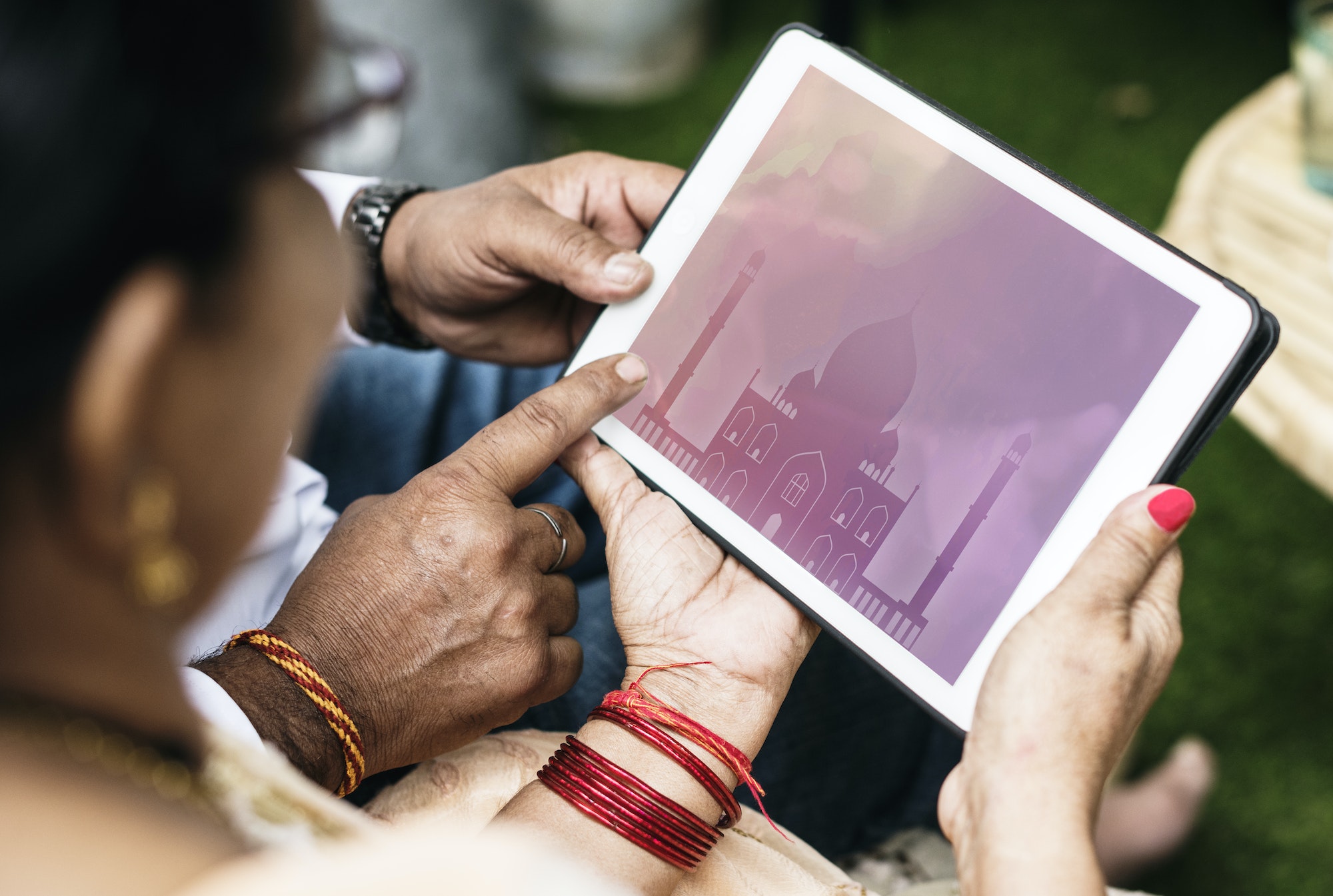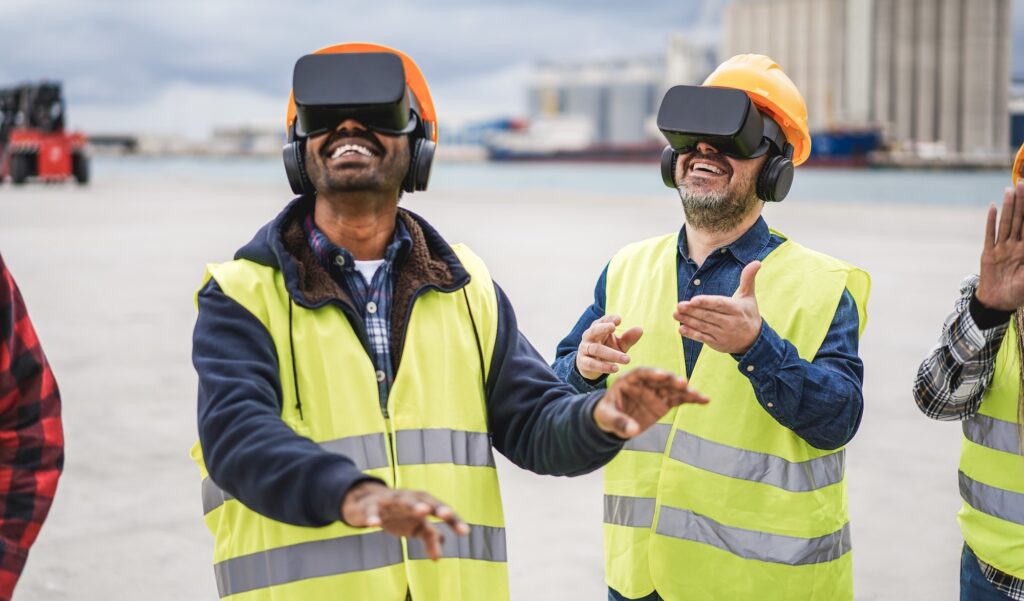Address
33-17, Q Sentral.
2A, Jalan Stesen Sentral 2, Kuala Lumpur Sentral,
50470 Federal Territory of Kuala Lumpur
Contact
+603-2701-3606
info@linkdood.com
Address
33-17, Q Sentral.
2A, Jalan Stesen Sentral 2, Kuala Lumpur Sentral,
50470 Federal Territory of Kuala Lumpur
Contact
+603-2701-3606
info@linkdood.com

So, you know how everything is becoming digital, right? Now, imagine watching your news, and instead of a human being presenting, there’s a digital anchor doing the job! This isn’t sci-fi; it’s actually happening in India, where AI newsbots are beginning to take the center stage in media. They are shaking things up in the news industry and raising some pretty interesting questions about the future of news. This article talks about these new-age AI anchors in India, what they can do, and the discussions around their impact on the news industry.

The first of these AI newscasters to hit the Indian screens was Lisa, from Odisha TV. Lisa looks pretty much like a real person and does everything from presenting the news to forecasting the weather, and even reading horoscopes. The idea behind AI anchors like Lisa is to handle routine tasks, freeing up the human staff to do more creative work and improve the quality of news.
Following Lisa’s debut, other broadcasters in India also started using AI news anchors. Delhi-based India Today Group launched Sana, who delivers news in several languages and even co-hosts shows with human journalists. Similarly, Power TV in Karnataka uses Soundarya, a robot anchor, to deliver news in different regional languages.
India is a country with a lot of languages, which can make reaching audiences in different regions and languages a challenge. AI newsbots come in handy here because they can present news in several languages, something human anchors might struggle with.
For example, Sana from India Today Group is capable of delivering news in English, Hindi, Bangla, and 75 other languages. This ability to speak multiple languages allows news channels to reach a broader audience and connect better with viewers across the country.

The secret sauce behind these AI anchors is something called machine learning algorithms. They use tons of data from news articles and videos, which allows these digital anchors to gather, sort, and convert information into useful stuff. This data-driven approach helps ensure accurate news delivery and allows the anchors to quickly understand and interpret complex information.
And the best part? These AI anchors are pretty cost-effective, which means channels can deliver news in various Indian languages without having to spend a ton of money. The ability to process large amounts of data quickly gives media organizations an edge.
Despite their cool features, AI newsbots have raised some eyebrows about their credibility. Critics argue that AI anchors might lack observational skills and experience, which could reduce trust in news reporting. Traditional TV news relies on visual cues, like hand gestures and facial expressions, to show authenticity. Some viewers feel that AI newscasters are a bit robotic and lack emotion, which leads them to question the authenticity of the news they present.
However, supporters of AI anchors argue that these bots are not here to replace humans but to support them. They believe that newsbots can help extend news coverage, especially in regions with diverse language needs, while human journalists continue to play a critical role in maintaining media integrity and producing in-depth news stories.

With new tech always comes fears about job losses. However, media organizations clarify that they’re not trying to replace human anchors with bots. The idea is to use AI news anchors to support the existing staff and help create more innovative content.
In India, where there are 22 official languages and countless dialects, multilingual bots can help deliver news to everyone. By making news available in different languages, AI anchors contribute to a richer and more inclusive media scene.
The trend of AI newsbots isn’t just an Indian thing; it’s happening all around the world, reshaping newsrooms. A survey showed that 49% of newsrooms globally were already using AI tools like ChatGPT. As AI gets more advanced, it’s likely to become a bigger part of newsrooms everywhere.

People often react with fear and skepticism when new tech comes along. The same thing happened when the internet became a thing and when animation threatened traditional movie-making. But we’ve always found ways to adapt and ensure that jobs that require creativity stay important.
AI newsbots, like other AI applications, should be seen as a helpful tool, not a threat. By using AI newscasters, media organizations can reach more people and create a more personalized and engaging news experience for their audience.
AI newsbots are ushering in a new age in India’s media scene, making news more accessible and broadening its reach. Even though there are concerns about their credibility and potential job losses, the future seems bright for AI and humans working together. As AI continues to evolve, it’s essential for media organizations to embrace it and use it to improve their work. By finding the right balance between human creativity and tech power, the media industry can continue to grow and deliver quality, multilingual content to a diverse audience.

Q1: What is an AI newsbot?
A: An AI newsbot is a digital anchor or reporter powered by artificial intelligence. It can present news, provide weather forecasts, and perform other routine tasks usually done by human anchors.
Q2: When and where were the first AI newsbots introduced in India?
A: The first AI newsbot in India, named Lisa, was introduced by Odisha TV. This was followed by other broadcasters such as the India Today Group and Power TV, who introduced their own AI news anchors, Sana and Soundarya respectively.
Q3: How do AI newsbots help in a multilingual country like India?
A: AI newsbots can deliver news in multiple languages with great fluency and accuracy. This makes them a powerful tool in a multilingual country like India, where reaching audiences in various regions and languages can be a challenge.
Q4: What technology powers AI newsbots?
A: AI newsbots are powered by machine learning algorithms. These algorithms analyze large amounts of data from news articles and videos, enabling the AI anchors to gather, sort, and convert information into meaningful content.
Q5: Are AI newsbots expected to replace human anchors and reporters?
A: While AI newsbots are designed to handle routine tasks, they are not expected to replace human anchors entirely. The idea is to have them complement the work of human journalists, allowing the latter to focus on more creative and in-depth reporting tasks.
Q6: What are the concerns about AI newsbots?
A: Some concerns have been raised about the credibility of news presented by AI newsbots, as they lack human observational skills and emotional expressiveness. There are also fears about job losses in the wake of AI newsbot adoption.
Q7: How are AI newsbots affecting the global media landscape?
A: The use of AI newsbots is a global trend, not just confined to India. As AI technology becomes more sophisticated, its integration into newsrooms worldwide is expected to grow exponentially.
Sources NIKKEI Asia